Compared with gray iron, the tensile strength of vermicular iron is increased by at least 70%, the modulus of elasticity is increased by 35%, and the fatigue strength is nearly doubled. Compared with aluminum alloy, the strength and rigidity of vermicular iron are twice higher, and the fatigue strength is twice higher. These characteristics of vermicular iron provide the possibility for the engine to improve the power/weight ratio and increase the cylinder pressure. Increasing cylinder pressure is the key to the optimal performance of the next-generation direct-injection diesel engine. In order to meet the widespread application of vermicular iron, the foundry industry is currently actively preparing, investing heavily and rebuilding new processes to make the production of vermicular iron stable and reliable.
For vermicular iron engines from prototype to mass production, the decisive factor is quality risk. For high-quality vermicular iron, the stable zone is very small, only in the range of 0.008% magnesium content. A trace amount, such as a loss of 0.001% of magnesium, will produce flake graphite, which will cause the mechanical properties to drop by 25% to 40%. This article describes a process control system based on thermal analysis methods. The system measures the loss of magnesium and adjusts the state of molten iron online to prevent the generation of flake graphite. This online control method of measurement and adjustment reduces the volatility in the process of producing vermicular iron to the lowest point, and fundamentally eliminates the quality risk caused by the production of vermicular iron.
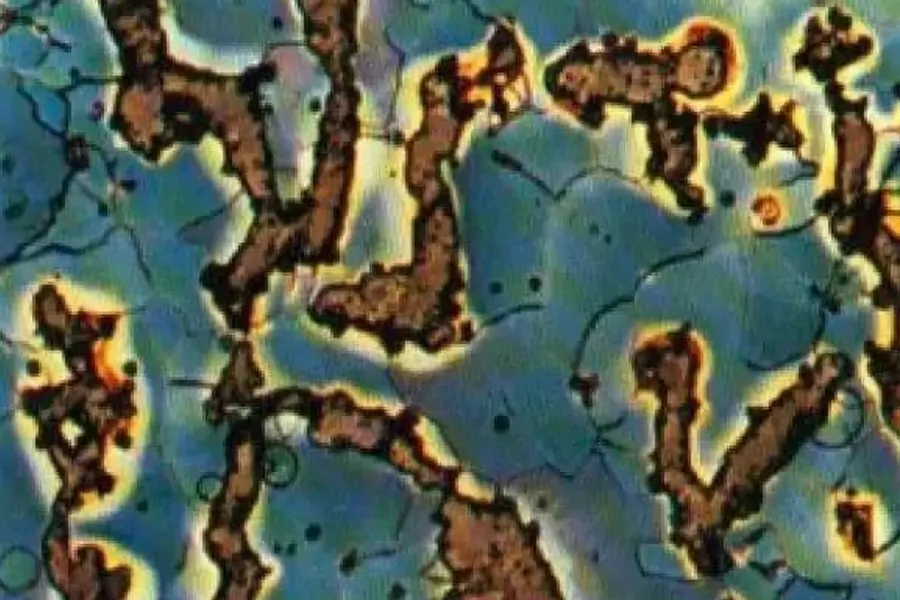
The demand for high horsepower, high torque, low exhaust emissions and reduced fuel consumption continues to grow. This forces the designers of high-power diesel engines to increase the ignition peak pressure, which greatly increases the thermal load and mechanical load of the engine. The thermal load and the mechanical load increase at the same time, so that the conventional cast iron and alloy cast iron (CrMo) engines currently used have reached or exceeded the upper limit of their use. Engine manufacturers need materials with higher strength and better heat resistance.
Vermicular iron has quickly become the material of choice for people. It greatly improves the reliability of the cylinder block, cylinder head and cylinder liner of the new generation of truck engines. In order to achieve the best combination of various properties (such as casting properties, machining properties, thermal conductivity and mechanical properties), these parts must be made with a spheroidization rate of 0% to 20% (creeping rate of 80% to 100%) Made of vermicular iron. If the spheroidization rate exceeds 20%, it will cause a series of unfavorable factors. For example, the amount of shrinkage is too large, and parts with complex shapes such as cylinder heads are particularly prone to shrinkage. Another example is the reduction in tool life due to excessive wear during machining. There is also a significant decrease in thermal conductivity, causing thermal stress and so on. At the other end of the vermicular iron, the appearance of flake graphite will cause a linear decline in mechanical properties, making the engine unable to meet the new requirements. In summary, in order to meet the needs of the new generation of truck engines, the spheroidization rate of high-strength vermicular iron must be between 0% and 20% (that is, the creeping rate is above 80%, without flakes).
Whether to use production process control or not depends on the annual output of the product, the complexity of the product and the allowable range of changes in the metallographic structure. As shown in Figure 1, relatively simple, low-volume parts, such as ingot molds, can generally be produced by conventional casting methods. Process control is generally not needed, and it is not economically cost-effective. When the annual output of components increases, such as exhaust pipes, crank sleeves and brackets, it should make sense to introduce process control. Although this type of product has a large annual output, the annual tonnage of casting is not high. The requirements of the metallographic structure are not very strict, allowing the spheroidization rate to be as high as 50%. In addition, due to the small amount of machining of such parts, the increase in titanium that can be added in the production can be allowed to expand the controllable range. For this type of product, conventional casting methods and strict training are generally competent for vermicular iron production. But from the perspective of quality control, process control should be more secure. Similarly, process control also provides a guarantee for the production of large marine engine blocks and cylinder heads. Although the large size and low production quantity are conducive to the manufacture of products, the economic losses caused by the products exceeding the standard are enough to add a set of process control system.
The products most in need of process control are automobile engine cylinder blocks, cylinder heads and brake discs with large annual output, high complexity and strict technical requirements. The annual production volume and annual tonnage of these products are very high. They are complex in size, demanding on metallographic structure, and tend to produce shrinkage cavities. These products must not have any quality risks, otherwise the loss will be very serious.
The strict requirements on the performance of the engine block, cylinder head and cylinder seat have laid the foundation for manufacturing product specifications. In order to obtain the best comprehensive performance of castability, machinability and mechanical properties, the spheroidization rate should be in the range of 0% to 20% in all key parts of the component. More importantly, flake graphite must be absolutely avoided to prevent damage to parts caused by local weakness. In order to achieve good mechanical additivity, free carbides must be reduced to a minimum. Therefore, titanium should never be added. Finally, from a production point of view, the foundry needs a stable and reliable process to ensure the lowest scrap rate caused by metallographic structure. Manufacturers in the automotive industry require quality assurance, and 100% of castings must meet metallographic requirements. Large-scale, reliable production of cylinder blocks, cylinder heads and cylinder seats requires accurate analysis and online adjustment of molten iron to eliminate fluctuations in the process before pouring.
Vermicular Iron Stability
The reason why compacted iron is not used in large quantities to produce complex parts (such as engine blocks) is because the stable area of compacted iron is too small to ensure that there is no risk in production. Generally speaking, this stable zone only spans the area of 0.008% magnesium, as shown in Figure 2. The size and position of the platform in the stable zone vary with the product. In fact, the available magnesium range is smaller than this. Because every 5 minutes, active magnesium will burn 0.001%. The initial pouring point of the molten iron must be sufficiently away from the sharp turning point of the compacted iron to the gray iron to ensure that no flake graphite appears in the final cast part. When magnesium is added to the molten iron, flake graphite will appear in about 15 minutes.
The starting point should not be too close to the right side of the stable platform (high magnesium content), otherwise it will cause a large amount of spheroidal graphite to form in the thinner part and the fast cooling part.
In addition to the small available platform area, the platform area is always moving. If the content of active oxygen and sulfur is high, they will consume more active magnesium and the entire platform will move to the right (high magnesium content). Conversely, if the active oxygen and sulfur content is low, the platform will move to the left (low magnesium content). Changes in the composition of raw materials, purity, degree of oxidation and humidity, etc., make it impossible for people to control vermicular iron with a fixed range of chemical composition.
Although the conversion from vermicular iron to gray iron only needs to reduce the active magnesium by 0.001%, the burning of magnesium does not cause the entire part to become flake graphite. When the active magnesium is not enough, graphite first forms flakes, and expands outward as it solidifies, and magnesium sags and concentrates at the front end of the solid-liquid interface. If the initial amount of active magnesium is appropriate, vermicular graphite will be formed at the boundary of the eutectic, as shown in Figure 3. Flake graphite first appears as scattered flake graphite spots. Unlike all common flake graphite, these isolated flake graphite spots are difficult to detect with ultrasound. The probability of them being scanned by ultrasound is not high.
The sensitivity of magnesium to vermicular iron can be shown in Figure 4: In a ton of hot metal ladle, just add 10 grams of magnesium, the flake graphite spots dispersed in the Φ25 test sample can be completely transformed into vermicular graphite. The tensile strength of the test bar with flake graphite spots is only 300 MPa, while the tensile strength of the same test bar with complete creepage reaches 450 MPa.
The inoculant is also very sensitive to the stable platform of vermicular iron, as shown in Figure 5: adding 80 grams of inoculant to one ton of molten iron will increase the spheroidization rate in the Φ25 test bar from 3% to 21%. The inoculation amount is high, and the crystal nucleus is many, which is conducive to the formation of spherical graphite. This raises the vermicular iron platform in the direction of high spheroidization rate. The low inoculation rate causes the platform to move downwards. Numerous factors, such as molten iron overheating temperature, holding time, chemical composition of raw materials, inoculant type and inoculation amount, will affect the position of the vermicular iron platform.
The most basic requirement of any process control technology is to accurately measure and analyze the state of molten iron. For vermicular iron, reliable production control requires simultaneous measurement of the critical point of active magnesium from the creep-ash transition, the degree of subsequent magnesium burnout, and the degree of inoculation.
The thermal analysis sample of 200 grams is obtained by inserting the Xinte probe into the molten iron after spheroidization and inoculation. During the three-second insertion process, the probe wall and the molten iron reach a thermal equilibrium state. Different from the conventional thermal analysis sample cup, this thin-walled sampler not only guarantees the same sample volume each time, but also avoids oxidation in the molten iron pouring into the sample cup. The measurement of superheat is more accurate because there is no such phenomenon as the phenomenon of violent condensation in conventional thermal analysis.
As shown in Figure 6a, the Xinte probe is made of pressed stretched sheet steel. It is basically a spherical container. The thin steel wall containing the molten iron has a vacuum flask-like insulation layer. The thickness of the insulation layer is symmetrically thickened according to the height direction to ensure uniform heat dissipation and cooling to the surroundings, and the iron zz water in it is close to the solidification of a spherical body. There are two N-type thermocouples in the protection tube in the probe. The thermocouple can be pulled out after each measurement and used repeatedly for more than 100 times. One of the two thermocouples is located at the bottom of the container, and the other is located at the thermal center of the container. Since the container is spherical and freely suspended (this is different from the conventional thermal analysis sample cup resting on a heat-absorbing bracket), the molten iron generates a uniform heat flow in the container, as shown in Figure 6b. This heat flow causes the molten iron to be continuously exchanged in the container, forming a flow partition at the bottom of the probe.
In order to imitate the natural loss of molten iron during pouring, there is a coating on the probe wall that reacts with active magnesium. The molten iron flows along the coated wall driven by the heat flow. After the reaction, the magnesium content of the molten iron decreases and accumulates in the compartment at the bottom of the container. Directly speaking: The thermocouple in the center of the probe measures the unreacted molten iron, which is the initial state of pouring; the thermocouple at the bottom measures the state after the end of pouring. The formulation of the reactive coating is very particular. It must be accurately ensured that the molten iron accumulated in the compartment is 0.003% less active than the center molten iron. Therefore, if the initial magnesium content is too close to the creeping-ash turning point, the molten iron in the compartment will generate gray iron, which will be measured by the thermocouple in this area. In this way, at the beginning of casting, the workshop can add more magnesium to offset the inevitable magnesium burning loss.
If the thermocouple at the bottom shows a vermicular iron curve, it indicates that the initial magnesium content is high enough that there will be no flake graphite after the end of casting.
Figure 7 is a cross-sectional erosion diagram of the Xinte probe after sample measurement. In the figure, you can clearly see the partition area, the main sample area and the thermocouple protection tube. As the active magnesium is reduced by 0.003%, D-shaped graphite and ferrite matrix are formed in the separation zone. The size of the flake graphite area at the bottom directly reflects the initial magnesium content in the main sample area. The size of this zone can be calculated from the heat released at the bottom. The coefficient of variance regression between heat release and the size of the partition exceeds 0.9, which proves that the relationship between the two is very close. The released heat is obtained by the time integration of the cooling curve. This method of measuring the state of the molten iron at the current and at the end of pouring at the same time ensures the accuracy of the magnesium content before pouring.
Since vermicular iron is very sensitive to spheroidizing agents and inoculants, it is impossible for foundries to use the excessive treatment methods used in the production of gray iron and ductile iron. As shown in Figure 8, due to its sensitivity, vermicular iron is only stable within a square window, not just the magnesium platform area. A reliable vermicular iron production process must control spheroidization and inoculation from start to finish to ensure that the metallographic structure meets the target.
No matter how much effort is made, no matter how strict the management is, the fluctuation of molten iron is always unavoidable. Let alone how accurate people know about molten iron treatment, one-step treatment methods, such as the sandwich method, cannot guarantee that each treatment will fall within the narrow vermicular iron window. Numerous production variables, such as mixing ratio, furnace temperature, holding time, preheating degree of molten iron ladle, tapping speed, tapping position of tapping molten iron (inside or outside measurement), tapping molten iron weight, alloy bag condition, spheroidizing agent The actual magnesium content of (PeSiMg), the alloy arrangement of each layer in the sandwich method, and the coverage of scrap iron filings, etc., will all affect the absorption of magnesium. In addition to these factors, the content of active oxygen and active sulfur will also change the size and position of the vermicular iron window. Changes in the residence time of molten iron in the ladle, transportation time and pouring time will all change the available burning time.
However, the most unpredictable fluctuation factors are operator errors, or differences between different operators due to different work habits.
In large-scale mass production, the only safe way is to measure the solidification characteristics of the molten iron after treatment. In this way, various factors affecting the size, position, and alloy absorption of the vermicular iron window have been comprehensively measured, analyzed and considered. Then the appropriate amount of magnesium and inoculant can be added. Each ladle of molten iron is poured after it has been upgraded to an ideal state. This two-step, measurement and adjustment process control method minimizes production variability and completely eliminates the risk of flake graphite in the casting.
Process Control Of Vermicular Iron Production With Hot Metal Ladle
As shown in Figure 9, the process control starts with the thermal analysis of the molten iron after the initial spheroidization and inoculation treatment. According to the analysis result, the wire feeding machine automatically displays the length of the wire to be added with magnesium and inoculant, and waits for the operator to start it. When the feeding line is completed, the ladle is sent to the casting line immediately. The entire measurement and adjustment process takes about three minutes. During this period, the workshop can carry out conventional pre-casting treatments, such as slag removal. This ensures the continuity of the casting line.
From an operational point of view, raw molten iron does not contain magnesium, and its incubation capacity is also very limited. After spheroidization and inoculation, magnesium and inoculants first eat the active oxygen and sulfur in the molten iron, and then “jump” the molten iron to a certain position on the board. In the example in Figure 10, the magnesium index and inoculation index of molten iron are 65 and 45, respectively. Because the main change parameters of the shadow production are shown in the molten iron after measurement and treatment, the thermal analysis results directly reflect the current state of the molten iron. All that is left is to add the appropriate amount of magnesium and inoculant to elevate the molten iron from its current position to the required starting point. In the example in Figure 10, seven units of magnesium cables are added first, and then 23 units of inoculant cables are added. The corresponding relationship between the index unit and the cable length is calibrated according to the product and workshop, and is compiled in the program. Based on the past experience of nearly 100,000 vermicular iron castings, the average amount of magnesium cable added is 5 meters per ton. It contains 12 grams of magnesium per metre, and calculated at an absorption rate of 50%, the amount of magnesium added per ton of molten iron is only 30 grams. Since the addition amount is very small, and the main changes have already occurred in the initial treatment, the adjustment is very effective and reliable. After adjustment, there is no need to do thermal analysis.
In the initial treatment, the state after treatment should be lower than the initial pouring position, so that even if all the factors that are beneficial to the absorption of magnesium and inoculant reach the optimal value, the molten iron will only reach the initial pouring state. Except not to over-treat, the molten iron after the treatment is not in the state of gray iron and white iron. In order to make the casting process more efficient, the magnesium index and inoculation index of each ladle of molten iron are displayed in the process block diagram. According to the changing trend of the block diagram, the operator can adjust the amount of molten iron added to the next ladle. The carbon equivalent value is also displayed on the screen. These data have been edited and stored in the production log, so that it can be traced and comprehensive, and it also meets the requirements of quality assurance.
Although thermal analysis and subsequent adjustments can ensure the production of vermicular iron, it is recommended that samples be taken from the sprue cup of the final casting for analysis. Compared with conventional quality inspection, this thermal analysis result can provide online analysis and classify castings if needed. The simulation of magnesium loss in the probe makes this “non-destructive” inspection technique more effective than metallographic and ultrasonic methods. Because this method measures a larger sample size, it also detects how the molten iron will solidify in the next 10-15 minutes.
To Sum Up
The choice of process control system depends on the product and casting process. When casting complex products such as vermicular iron engine cover and cylinder, the system must simultaneously control the content of magnesium and inoculant so that it is within a very narrow window from the beginning to the end of pouring. The spheroidization rate must be between 0% and 20% (creeping rate 80% to 100%) to ensure the best castability, mechanical additivity and other comprehensive performance and the best use function. Flake graphite spots must be completely eliminated to prevent local defects and weaknesses.
The starting point of any process control system is to accurately and effectively measure the state of the molten iron. Reliable large-scale vermicular iron production must have feasible control methods to eliminate process changes and human operation errors. The most effective way to eliminate process changes is to conduct thermal analysis on molten iron after spheroidization and inoculation. According to the thermal analysis results, an accurate amount of magnesium and inoculant are further added before pouring. This on-line measurement and adjustment method ensures the stability of the casting production line and eliminates various risks brought by large-scale vermicular iron production.
The Detail Of BE-CU Die Casting Company

If you are looking for dependable volume manufacturing metal parts supplier with High pressure die casting service who offers you competitive price, good service and quality for aluminium die casting, zinc, or magnesium die casting, then BE-CU Prototype are surely a partner you are looking for to fulfill all your die casting needs. With quality service and state of art technology, BE-CU indeed claim in providing quality pressure die casting including aluminum/zamak/magnesium alloy castings to our customers all over the world.
To work with us,be-cu don’t just stop at taking your order and delivering your die casting products. be-cu are there for you at every step right from your preferred selection of aluminum die casting, Zamak die casting (Zamak 2, Zamak 3, Zamak 5, Zamak 8) or magnesium die casting products and services to post-order phase. In brief, once you become our customer, be-cu are with you every step on the way.
-
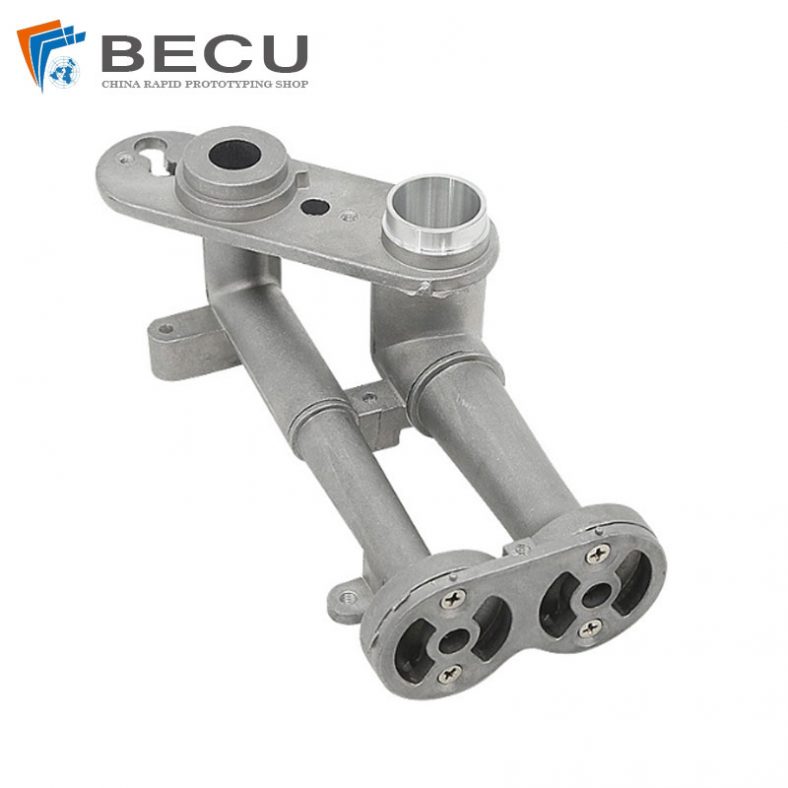
CNC Machining Gas Stove Bottom Joint
-

Gravity Die Casting Custom Street Light Heat Sink
-
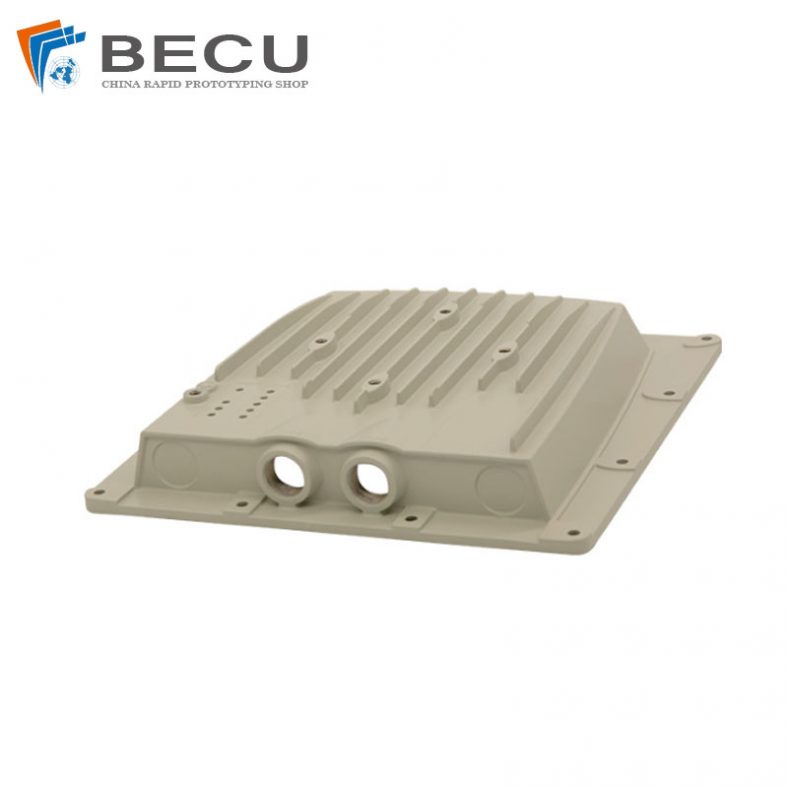
Die Casting LED Canopy Lights Heatsink For Gas Station
-
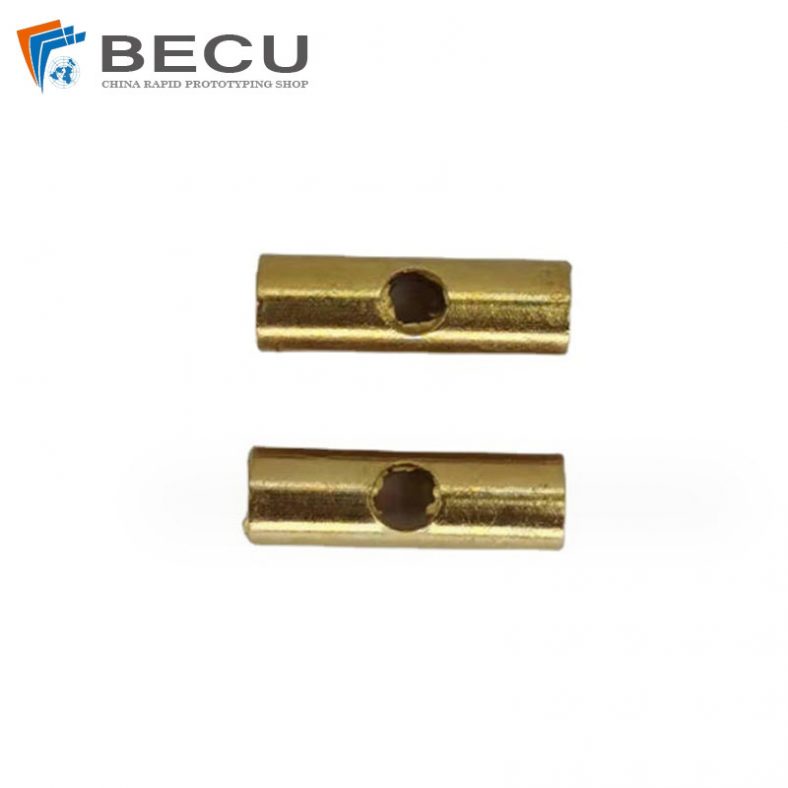
Zinc Die Casting PA10 Transformer Connector Terminal
-
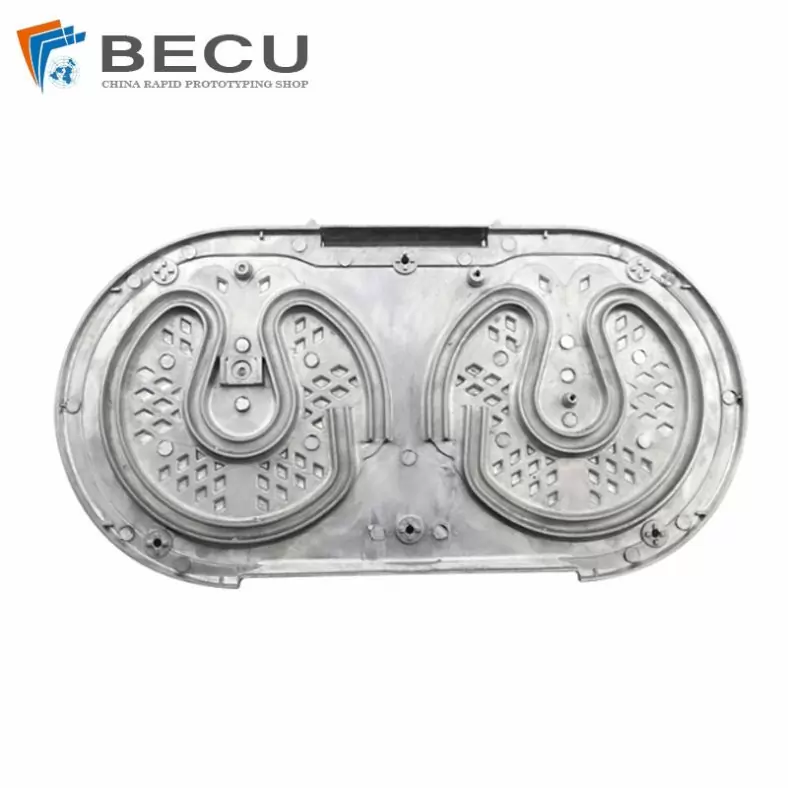
Die Casting Aluminium Cookware Chassis
-

Die Casting Wheels With Aluminum Alloy 5 Axis CNC Machining
-
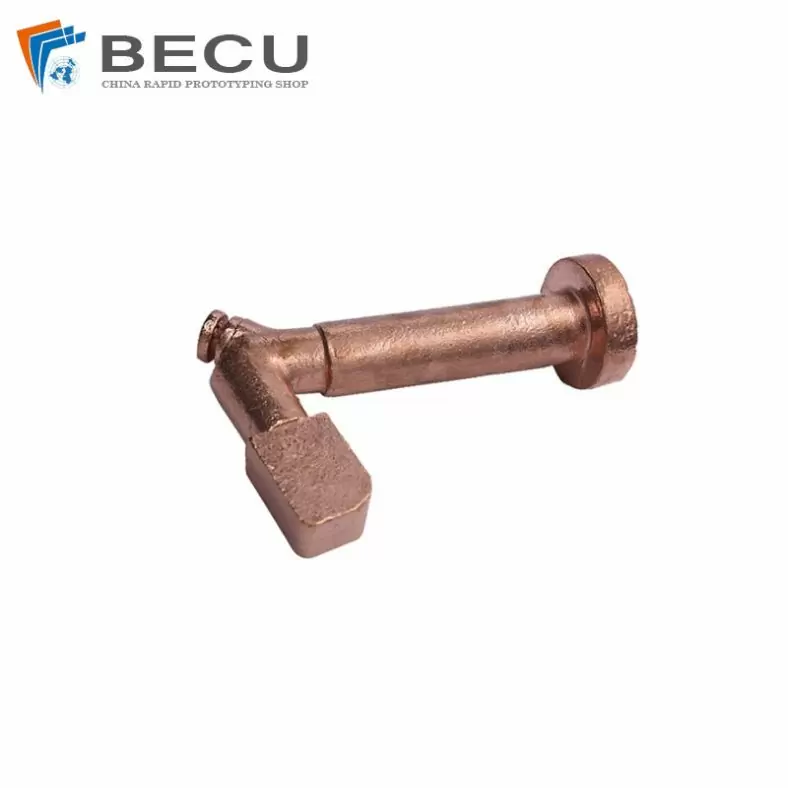
Precision Machined Copper Die Casting Parts
-
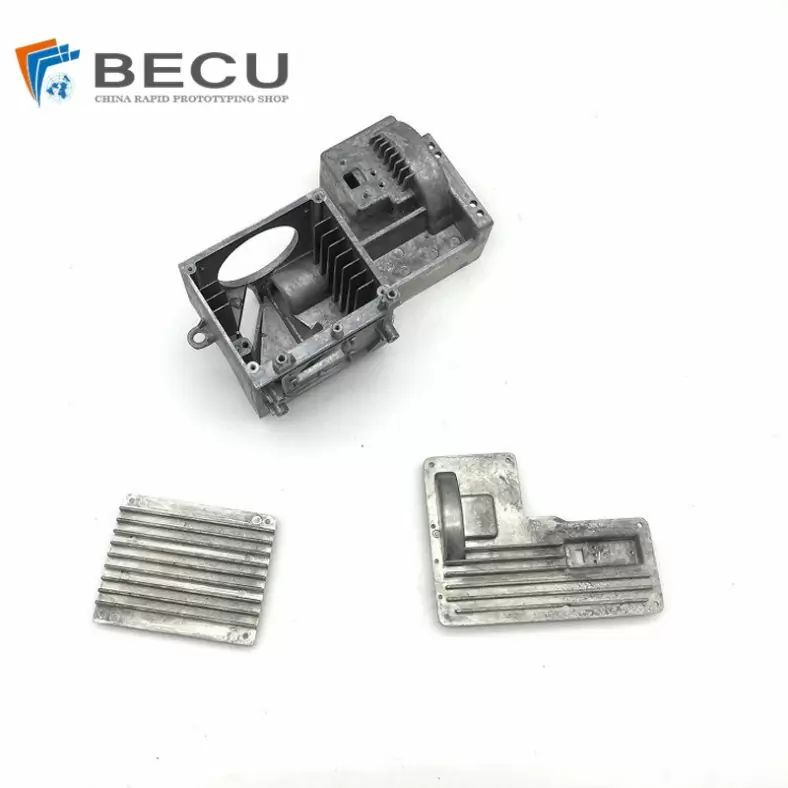
Professional Small Baler Aluminum Alloy Die-casting Mold Production
-
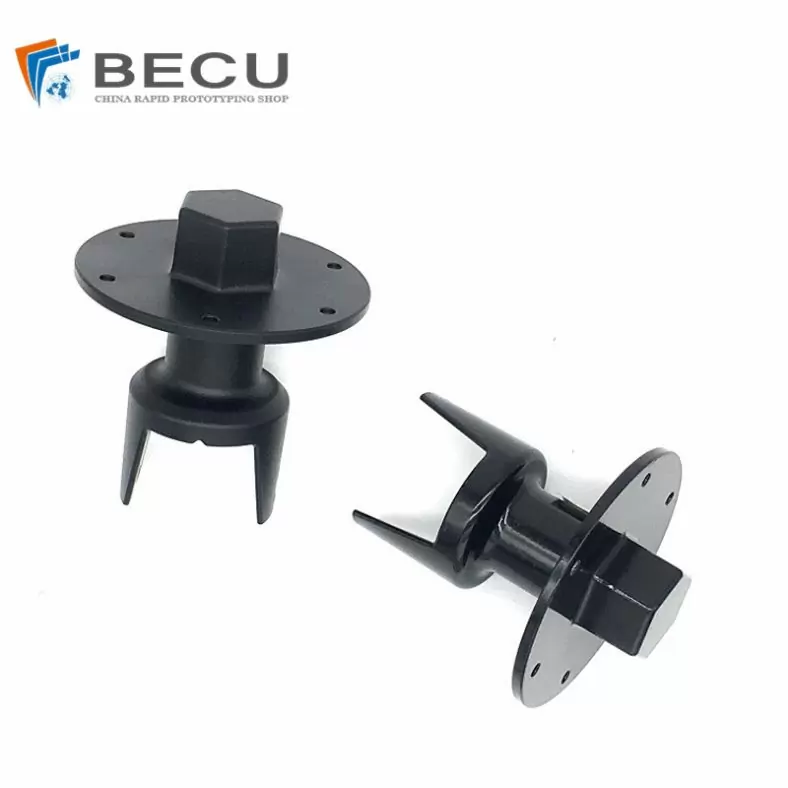
China Die Casting Factory Manufactures Surface Sprayed Aluminum Valve Body
-
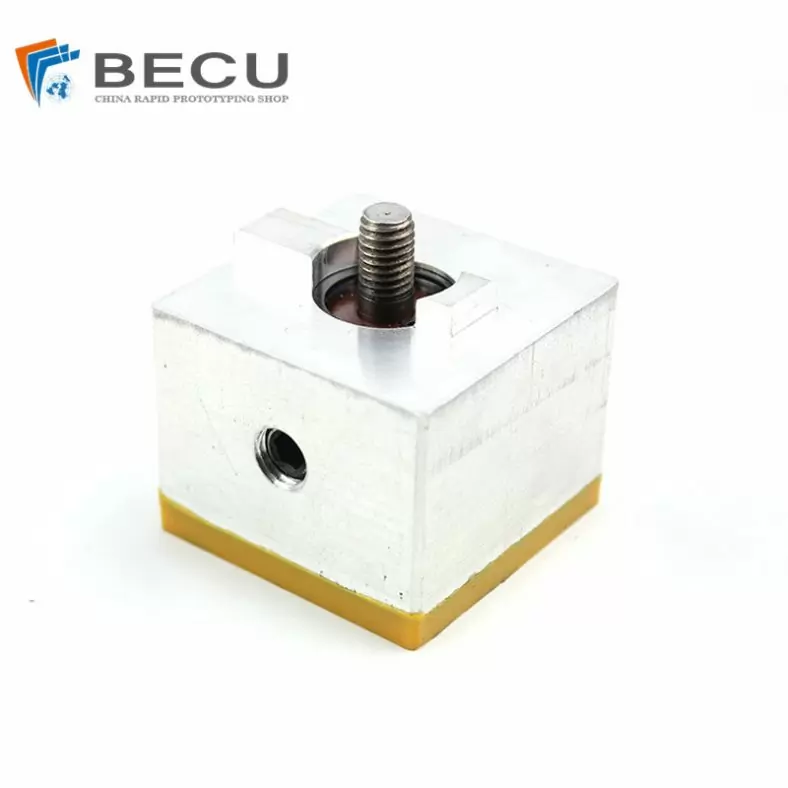
Extrusion Die-casting Polyurethane-Coated Aluminum Alloy Profiles
-

Custom Precision Aluminum Die Cast Brackets and Finishes
-
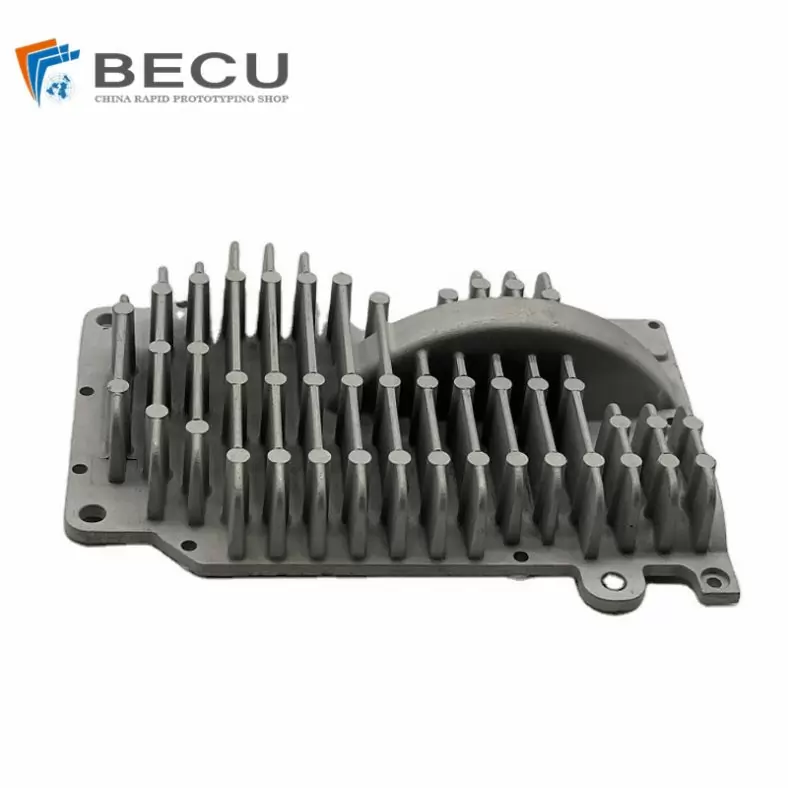
Extrusion Die-casting Magnesium Alloy Heat Sink Shell
